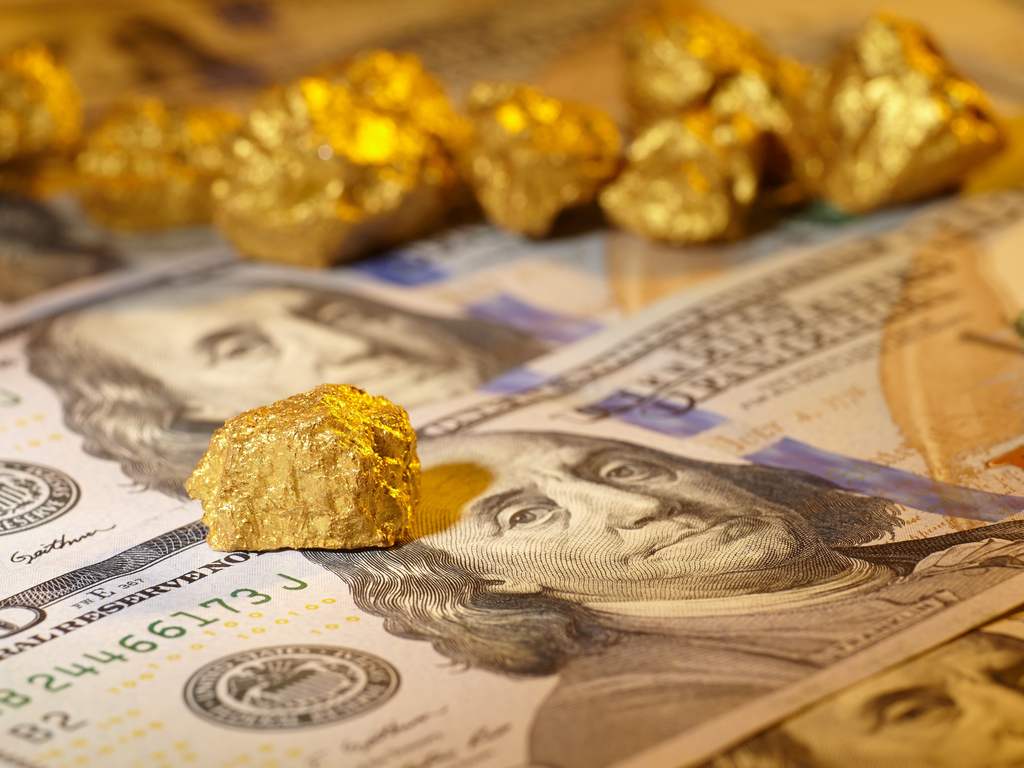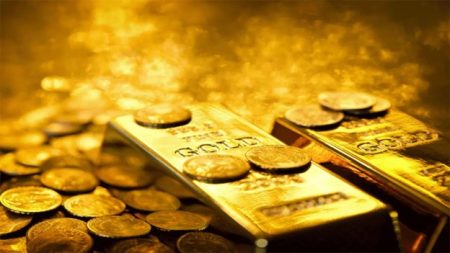
— Where is it headed?
Lagos — Gold surged to a new historic high, surpassing the $3,480 level in early Tuesday trading, driven by rising demand for safe-haven assets amid declining confidence in the U.S. dollar and escalating geopolitical and economic risks. In my view, this rally reflects ongoing recession fears in the U.S. economy and heightened political tensions, especially as President Donald Trump continues to attack Federal Reserve Chair Jerome Powell. These attacks have raised concerns about the independence of monetary policy, pushing investors toward gold as a store of value in uncertain times.
From a fundamental perspective, I expect gold to remain supported in the near term, as markets still lack strong economic catalysts from the U.S., leaving prices vulnerable to shifts in investor sentiment and political headlines. The fact that the Relative Strength Index (RSI) remains in overbought territory suggests that bullish momentum is still strong, albeit stretched, supporting the “buy-the-dip” narrative — especially amid growing distrust in U.S. monetary policy and mounting trade tensions.
As gold edges closer to the $3,500 level this Tuesday morning, I believe this is more than a temporary price move. It reflects a deeper, escalating state of global uncertainty that continues to dominate financial markets. Even a slight pullback from this historic level may simply serve as a consolidation phase — a pause for buyers to regroup before pushing higher. While short-term charts show signs of overextension, higher timeframes still suggest that gold has more upside ahead.
This outlook is underpinned by a complex geopolitical and economic reality. Global markets are gripped by ongoing anxiety stemming from erratic U.S. policy decisions, most notably President Trump’s unpredictable imposition of tariffs. These actions not only threaten global trade and supply chains but also revive recession fears, particularly given the fragile nature of the post-crisis global recovery. In this environment, gold is no longer just a haven — it becomes a strategic necessity for investors in search of stability.
In my view, the crisis extends beyond trade disputes. It deepens when we consider Trump’s ongoing public criticism of Federal Reserve Chair Jerome Powell. Reports suggesting that the Trump administration may be exploring the legal possibility of removing Powell have raised serious concerns about the independence of U.S. monetary policy — a highly alarming signal for global investors and major financial institutions. Eroding trust in the Fed’s ability to act independently weakens the U.S. dollar — something already evident as the greenback continues to decline to its lowest level in three years.
In this context, future expectations around U.S. monetary policy cannot be overlooked. CME Group’s FedWatch Tool indicates that markets are almost fully pricing in a rate cut in June, with strong expectations of at least three rate cuts throughout 2025. This dovish monetary path undermines the dollar’s appeal while boosting demand for gold, a non-yielding asset that thrives in low-rate environments.
Moreover, the pressure is not limited to the United States. On the geopolitical front, tensions in Ukraine have flared up again following a brief 30-hour ceasefire. Such events reignite global concerns about Europe’s stability and reinforce gold’s appeal as a crisis hedge. History has shown that gold tends to rally when the world inches closer to open conflict — a scenario that seems to be gradually unfolding amid intensifying global disputes and a lack of diplomatic solutions.
While investors await the release of the Richmond Manufacturing Index and speeches from Fed officials, the real market-moving data will likely come from Wednesday’s preliminary PMIs. These figures will offer a clearer view of the U.S. economy’s resilience in the face of rising challenges. Any signs of economic slowdown would support the case for rate cuts, further weakening the dollar and increasing flows into gold.
In light of all this, I believe any current pullback in gold is merely a pause or a breather in a broader bullish trend. The upward trajectory remains intact, and even more likely, as long as the key driving factors persist. Inflation remains uncontained, U.S. policy leans toward monetary easing, the dollar continues to lose relative strength, and there are no real signs of geopolitical de-escalation.
In conclusion, it’s premature to talk about the end of gold’s rally before the underlying catalysts dissipate — and they are far from resolved. Between Trump’s provocations, dollar weakness, recession fears, and escalating tensions in Ukraine and the Middle East, gold remains firmly in command — and well-positioned to reach new historic highs.
*Rania Gule, Senior Market Analyst at XS.com – MENA



